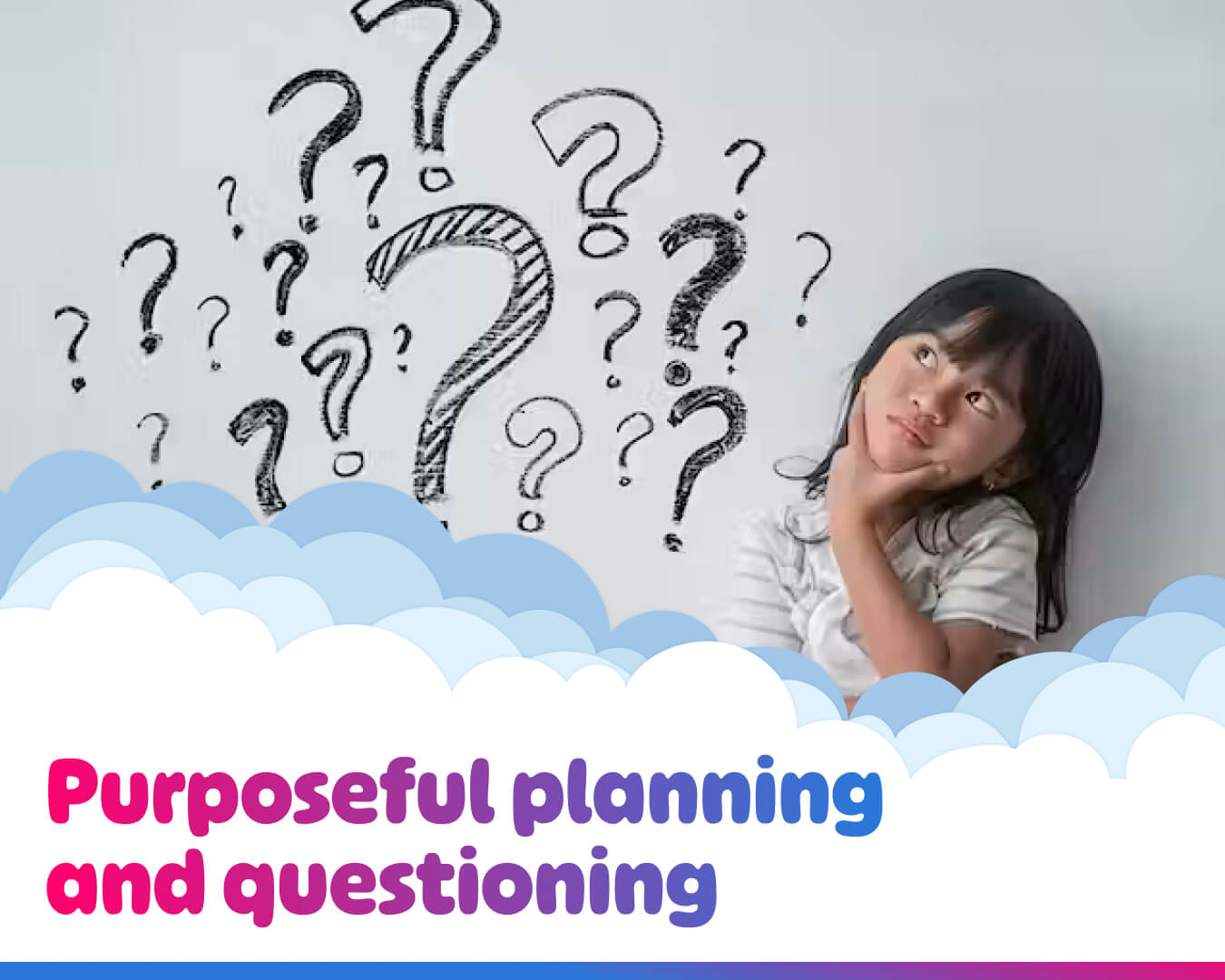Spectrum of teaching styles- no right or wrong just need to plan for the right situation.
Planning is vital. Specifically for me – inquiry requires planning. Although students may discover different paths, purposeful and meaningful inquiry must be planned for.
Questions should also be planned so we can stretch our students. Give some examples of questions that follow blooms taxonomy to first recall then synthesize, evaluate, and create.
I believe we can then watch the magic happen with students creating their questions and progressions.
Help to reassure teachers of easy ways to use the game sense approach appropriately and with purpose. Furthermore, I agree that with primary PE students especially a BIG idea should be fundamental movement skills, and following that a concept-based approach is appropriate for ensuring students build their knowledge transferable skills, and strategic understanding.
Inquiry-Based Learning and Effective Questioning in Teaching Practice.
Welcome back to the new year, teachers! As we dive into January, I’ve been reflecting on the importance of purposeful planning and effective questioning in our teaching practice.
Purposeful Planning and Inquiry-Based Learning
I’ve come to recognise that each teaching style has its place, and there’s no right or wrong approach. However, the key lies in planning for the right situation. Particularly for me, as an advocate of inquiry-based learning, planning takes on a special significance.
Inquiry-based learning allows students to discover various paths to knowledge, yet this process of discovery must be purposeful and meaningful. This requires meticulous planning on the part of the teacher. By providing a well-structured framework for inquiry, we can guide our students toward deep understanding while still allowing for their exploration.
Effective Questioning Strategies
Central to purposeful planning is the art of questioning. Thoughtfully formulated questions have the power to stretch our students’ thinking and foster their growth. As we know, Bloom’s Taxonomy provides a useful framework for crafting questions that cater to different levels of cognitive complexity.
Here are some examples of questions based on Bloom’s Taxonomy:
- Recall: What are the main skills used in invasion games? (Passing, dribbling, shooting).
Analyse: How do forces contribute to the gameplay in net games? - Evaluate: What problem-solving strategies have proven to be most effective for achieving objectives and overcoming challenges?
- Create: Create a target game that encourages strategic thinking and teamwork to achieve scoring objectives.
By embedding these types of questions into our lessons, we can push our students to engage in higher-order thinking and develop a deeper understanding of the content.
Moreover, when we provide opportunities for students to generate their questions, we can witness the magic of genuine inquiry unfold. Encouraging our students to create their questions fosters a sense of ownership and empowers them to drive their learning forward.
I’m looking forward to the journey ahead with all of you. Here’s to an empowering and rewarding year of teaching!




